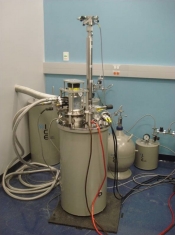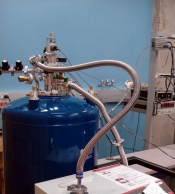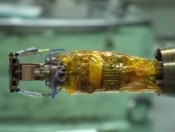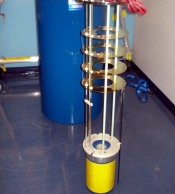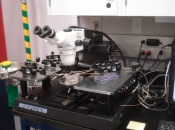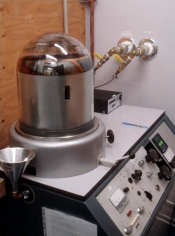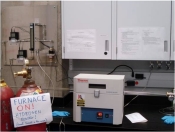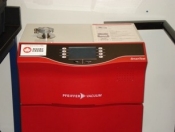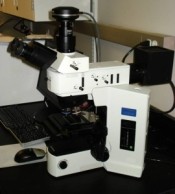Nano-scale quantum electronics and mechanics
We specialize in:
- Experimental nano-scale and mesoscopic physics,
- Electron transport and heat transport in carbon, metallic and semiconducting systems,
- Nano-resonators and sensors (NEMS) and
- Quantum mechanics of strongly correlated electron systems.


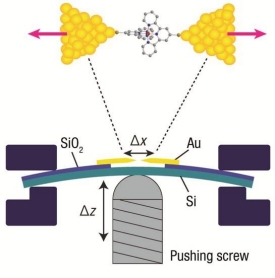 Atomic scale mechanical breakjunction.
Atomic scale mechanical breakjunction.
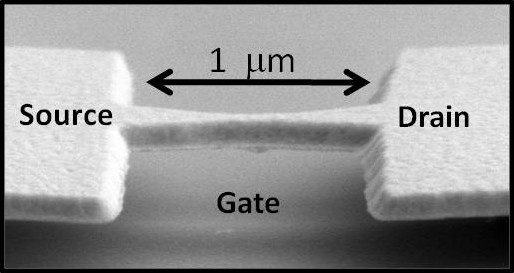 A suspended g-MCBJ. We electromigate the junction to connect single molecules and study their electronic spectrum.
A suspended g-MCBJ. We electromigate the junction to connect single molecules and study their electronic spectrum.
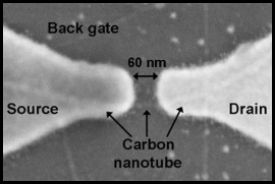 A suspended carbon nanotube inside a gated-Mechanical Breakjunction (g-MCBJ)
A suspended carbon nanotube inside a gated-Mechanical Breakjunction (g-MCBJ)
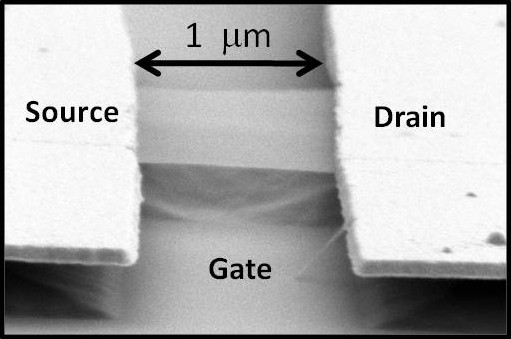 Image of a 1 micron long suspended graphene(one-atom thick) crystal.
Image of a 1 micron long suspended graphene(one-atom thick) crystal.
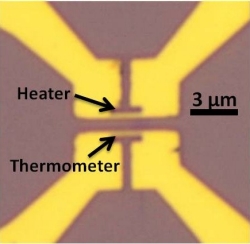 Optical image of micron scale heater and thermometers on a graphene flake.
Optical image of micron scale heater and thermometers on a graphene flake.
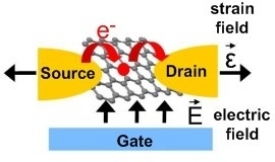 Cartoon of electron transport in a quantum dot nano-oscillators
Cartoon of electron transport in a quantum dot nano-oscillators
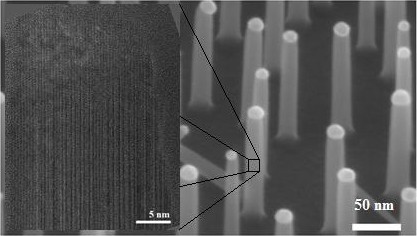 Left panel, high-resolution TEM image of a Si-NW crystal’s structure showing stacking faults along the growth direction. Right panel, SEM image of our Si-NWs grown by the VLS method (Credit: O. Moutanabbir).
Left panel, high-resolution TEM image of a Si-NW crystal’s structure showing stacking faults along the growth direction. Right panel, SEM image of our Si-NWs grown by the VLS method (Credit: O. Moutanabbir).



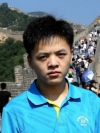

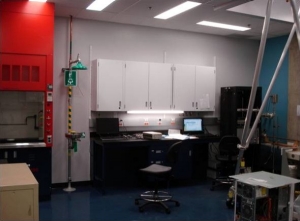 North side of the lab.
North side of the lab.
